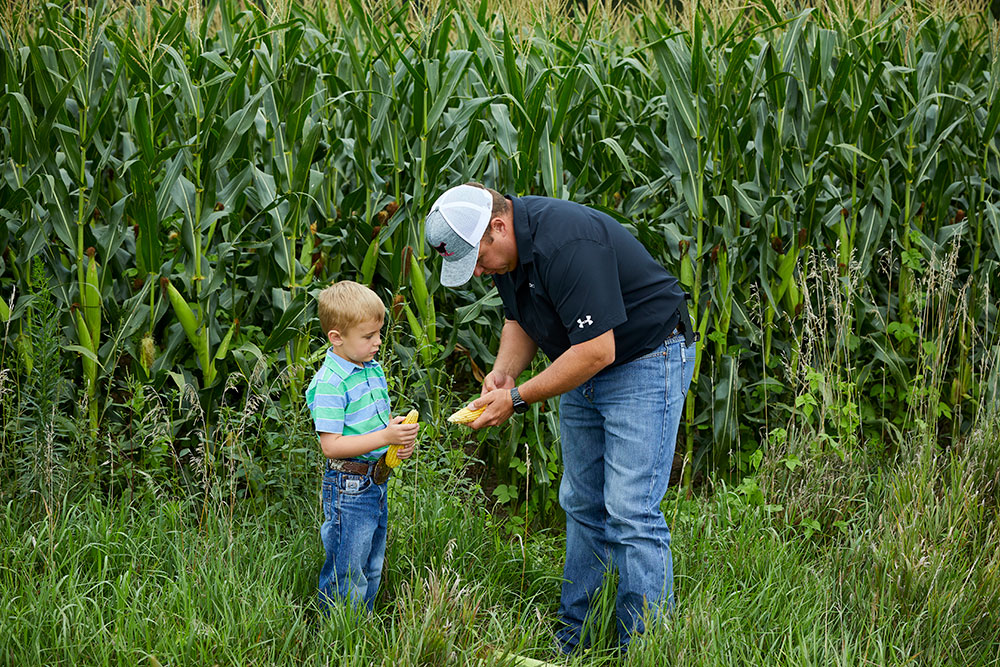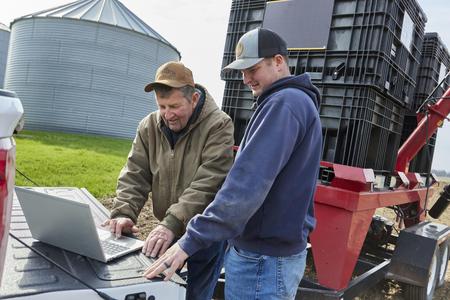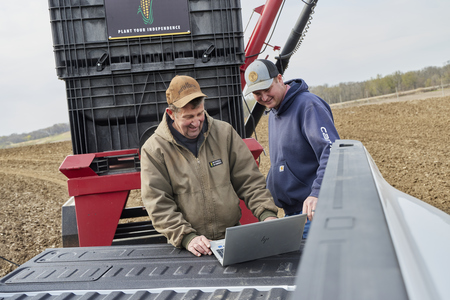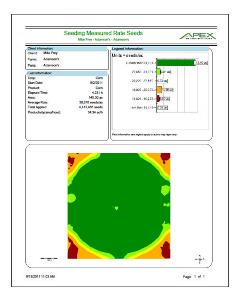Mega Menu
Mega menu is possible in BS5 but we will need to create a custom template layout for the navigation widget. The following is a hard-coded example.

Font Awesome 6
FA6+ icons will work on all widgets.
The FMH Icon box will need a new version created because the styling is broken in Bootstrap 5 templates (this has nothing to do with FA).
FMH Icon Widget
Icons can now be used in Content blocks by pasting the HTML tags from www.fontawesome.com into the HTML editor.
Here are some new icons from Font Awesome 6
face-awesome
envelopes
wheat-awn
Bootstrap Components
Code snippits from http://getbootstrap.com pasted into Content Blocks.
h1. Bootstrap heading
h2. Bootstrap heading
h3. Bootstrap heading
h4. Bootstrap heading
h5. Bootstrap heading
h6. Bootstrap heading
Nav Tabs
Nav Pills
Accordion
.accordion-body, though the transition does limit overflow.
.accordion-body, though the transition does limit overflow.
.accordion-body, though the transition does limit overflow.
Tables
| # | First | Last | Handle |
|---|---|---|---|
| 1 | Mark | Otto | @mdo |
| 2 | Jacob | Thornton | @fat |
| 3 | Larry the Bird | ||
Alerts
Image Carousel
Modals
Sitefinity Widgets
Default, out of the box, Bootstrap 5 templates available for widgets.
The navigation template used above is called Horizontal.
Navigation Widget - Tabs Template
Navigation Widget - Pills Template
Breadcrumb
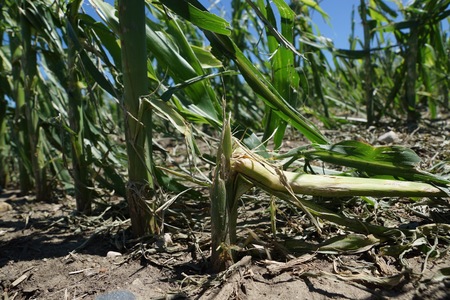

List Widget - Expandable List Template
Precision Claims FAQs
List Widget - Simple List Template
Crop Claims Reminders
-
How To Report MPCI Claims
-
MPCI Claim Reporting Deadlines
-
Appraisals
-
Production Records by Unit
-
Production Delivered to a Commercial Elevator
-
Production From Precision Farming Technology Systems
-
Production Weighed and Farm Stored
-
Authorization for Load Records, Storage Structure Marking, or Combine Monitor Records
-
Fed Production
-
Quality Adjustment
-
What is a Simplified Claim?
-
What can insureds do to expedite the claim process?
List Widget - Anchor List Template
Quality Control Review FAQ
- What can an Insured do to prepare for a review?
- What can Agents do to prepare for a review?
- How does the review process begin?
Quality Control Review FAQ
What can an Insured do to prepare for a review?
Third party documentation (i.e. summary/settlement sheets from the elevator) is required when applicable and available. Insureds are expected to have available hard copy records that will 1) support the total production raised for the crop/county/year being reviewed and 2) that can demonstrate how production was kept separate between various units, practices and types (if applicable).
Insureds will also want make themselves available to meet with the quality control reviewer as the reviews will need to be completed before the claims can be processed.
What can Agents do to prepare for a review?
How does the review process begin?
Documents List - Documents List Template
Documents List - Documents List Template
| Title | Type | Size | |
| 602 KB | DownloadFMHQ Release 2 Guide | ||
| 405 KB | DownloadWFRP Checklist for Agents 2026 | ||
| 504 KB | DownloadWFRP Policy Provisions 2026 | ||
| 3231 KB | DownloadWFRP Handbook 2026 | ||
| 203 KB | DownloadECO_MCO_SCO_Coverage Comparison Flyer |
News Widget - News List Template
News list template is the only template available by default.
USDA Extends Deadline to Report Spring-Seeded Crops for Twelve States
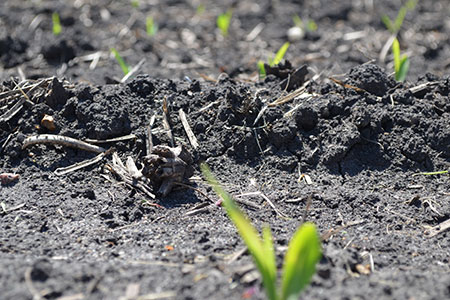 WASHINGTON, July 10, 2019 – The U.S. Department of Agriculture (USDA) is extending the deadline for agricultural producers in states impacted by flooding and heavy moisture. The new July 22 deadline applies to producers in Arkansas, Illinois, Indiana, Iowa, Kentucky, Michigan, Missouri, Minnesota, North Dakota, Ohio, Tennessee and Wisconsin for reporting spring-seeded crops to USDA’s Farm Service Agency (FSA) county offices and crop insurance agents.
WASHINGTON, July 10, 2019 – The U.S. Department of Agriculture (USDA) is extending the deadline for agricultural producers in states impacted by flooding and heavy moisture. The new July 22 deadline applies to producers in Arkansas, Illinois, Indiana, Iowa, Kentucky, Michigan, Missouri, Minnesota, North Dakota, Ohio, Tennessee and Wisconsin for reporting spring-seeded crops to USDA’s Farm Service Agency (FSA) county offices and crop insurance agents.
“These are challenging times for farmers, and we are here to help,” said Bill Northey, USDA Under Secretary for Farm Production and Conservation. “This deadline extension is part of our broader effort to increase program flexibility and reduce overall regulatory burden for producers who are having to make some tough choices for their operations.”
Producers not in the selected states must file reports or be added to a county register by the original July 15 deadline.
“While producers in many parts of the country are experiencing a challenging spring and early summer, these states are seeing an especially large number of producers delayed in planting and unable to complete their other fieldwork,” Northey said.
Filing a timely crop acreage report is important for maintaining eligibility for USDA conservation, disaster assistance, safety net, crop insurance and farm loan programs. A crop acreage report documents all crops and their intended uses and is an important part of record-keeping for your farm or ranch.
Producers filing reports with FSA county offices are encouraged to set up an appointment before visiting the office. Acreage reports from producers in the affected states who set up appointments before the July 22 deadline are considered timely filed, even if the appointment occurs after the deadline. Likewise, reports from producers in non-affected states who set up appointments before July 15 will be considered timely filed.
“We encourage you to contact your FSA county office today to set up an appointment,” Northey said. “Our team is standing by to help you complete this important process that keeps you eligible for key USDA programs.”
Other USDA Efforts to Help Producers
USDA is taking additional steps to help producers across the country, including:
- Updating the haying and grazing date for producers who have planted cover crops on prevented plant acres;
- Offering special sign-ups through the Environmental Quality Incentives Program for assistance to plant cover crops; and
- Extending the deadline to report prevented plant acres in certain places.
For more information, visit our Prevented or Delayed Planting webpage.
More Information
To learn more, contact your FSA county office or visit fsa.usda.gov or farmers.gov/prevented-planting.
Source: United States Department of Agriculture Risk Management Agency
Blog Posts Widget - Blog Posts Lists Template
-
Reporting Acreage with FMH Precision Solutions
Many policyholders already collect precision ag data during planting. Put that data to work to report acreage for crop insurance with FMH Precision Solutions.Full story -
Prepping Your Customers for Planting with Precision
Help your farmers use the precision data they're already collecting to simplify planting and reporting this spring.Full story -
Q&A with an FMH Precision Tech Specialist
Learn how our expert staff supports agents getting started with Precision SolutionsFull story -
Traditional vs. Precision Claims: What Are the Differences?
Oct 16, 2023, 14:01 by Eric RicheLearn how Precision Solutions can lead to simplified claims and easier APH reviews for your customers.Full story -
See How Precision Solutions Saves Premium and Improves APH
See the difference with examples from our recent FieldView™ Partner Connect webinar.Full story
